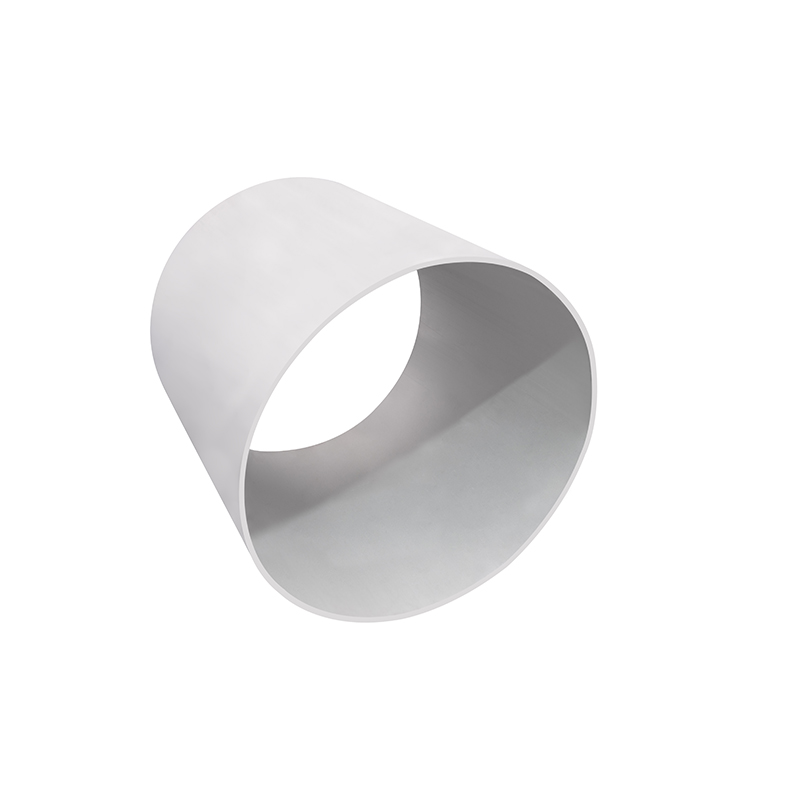What Is Stainless Steel Welded Pipe?
2025-08-04
Stainless steel welded pipes are essential components in various industries, from construction to chemical processing. But what is a stainless steel welded pipe, and why is it so widely used? In this guide, we’ll explore its definition, manufacturing process, key specifications, and applications—helping you choose the right product for your needs.
What Is a Stainless Steel Welded Pipe?
A Stainless Steel Welded Pipe is a tubular product made by rolling stainless steel strips or plates into a cylindrical shape and welding the seam. Unlike seamless pipes, welded pipes are more cost-effective while still offering excellent strength and corrosion resistance.
Key Advantages of Stainless Steel Welded Pipes
1. High corrosion resistance – Ideal for harsh environments
2. Cost-efficient – More affordable than seamless alternatives
3. Precise dimensions – Uniform wall thickness and smooth surfaces
4. Wide range of sizes – Available in various diameters and lengths
Manufacturing Process of Stainless Steel Welded Pipes
Our HengDi Stainless Steel Welded Pipes are produced using advanced techniques to ensure durability and performance. The process includes:
-
Material Selection – High-grade stainless steel (304, 316, etc.)
-
Rolling & Forming – Steel coils are shaped into pipes
-
Welding – TIG (Tungsten Inert Gas) or high-frequency welding
-
Heat Treatment – Enhances strength and corrosion resistance
-
Finishing & Inspection – Polishing, testing, and quality checks
Product Specifications of HengDi Stainless Steel Welded Pipes
To help you make an informed decision, we’ve listed the key specifications of our Stainless Steel Welded Pipes:
| Parameter | Details |
|---|---|
| Material Grades | 304, 304L, 316, 316L, 321, 310S |
| Outer Diameter | 6mm – 2000mm |
| Wall Thickness | 0.5mm – 50mm |
| Length | 1m – 12m (custom lengths available) |
| Surface Finish | Annealed, Pickled, Polished (Mirror, Hairline, Satin) |
| Standards | ASTM A312, ASTM A358, EN 10217, JIS G3459 |
Applications of Stainless Steel Welded Pipes
Due to their durability and versatility, Stainless Steel Welded Pipes produced by our factory are used in:
-
Oil & Gas – Pipelines, refineries
-
Chemical Processing – Acid-resistant transport
-
Food & Beverage – Hygienic fluid transfer
-
Construction – Structural supports, handrails
-
Automotive – Exhaust systems, fuel lines
FAQ: What Is Stainless Steel Welded Pipe?
1. What’s the difference between welded and seamless stainless steel pipes?
Welded pipes are made by rolling and welding steel strips, making them more cost-effective. Seamless pipes are extruded from solid billets, offering higher pressure resistance but at a higher cost.
2. Are stainless steel welded pipes corrosion-resistant?
Yes! Our HengDi Stainless Steel Welded Pipes use high-grade alloys (304, 316) that resist rust, acids, and extreme temperatures, making them ideal for harsh environments.
3. Can welded pipes handle high-pressure applications?
While seamless pipes are better for ultra-high pressure, welded pipes (especially those with TIG welding) can withstand moderate to high pressure when properly manufactured.
Why Choose HengDi Stainless Steel Welded Pipes?
We take pride in producing top-quality Stainless Steel Welded Pipes with:
1. Premium materials – Only high-grade stainless steel
2. Advanced welding technology – Strong, leak-proof seams
3. Strict quality control – Compliance with international standards
4. Custom solutions – Tailored sizes and finishes
Final Thoughts
Understanding what is a stainless steel welded pipe helps you select the right product for industrial, commercial, or residential use. At Zhejiang HengDi Stainless Steel Co., Ltd., we provide durable, high-performance welded pipes that meet global standards. Need a reliable supplier? Contact us today for competitive pricing and customized solutions! Let HengDi be your trusted partner in stainless steel solutions.



